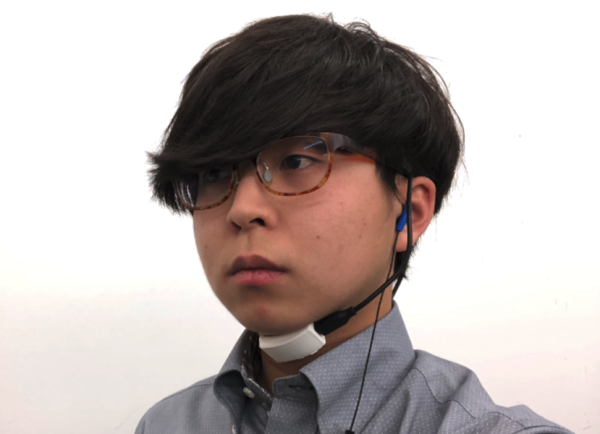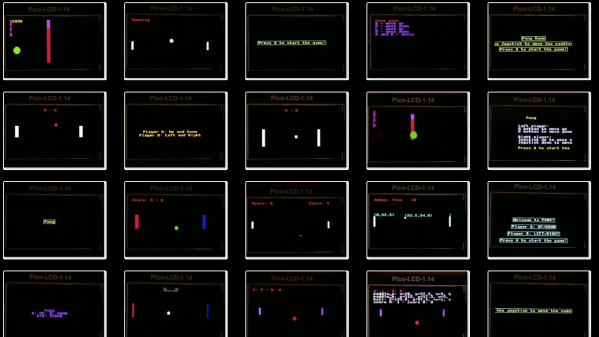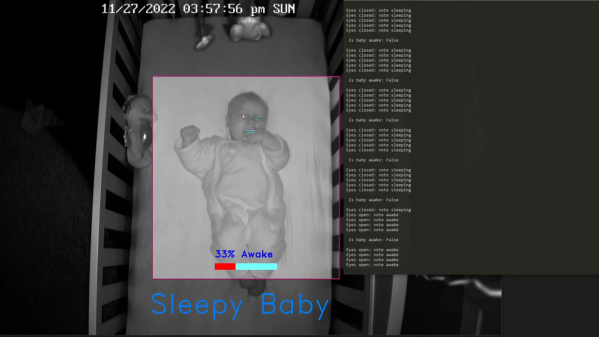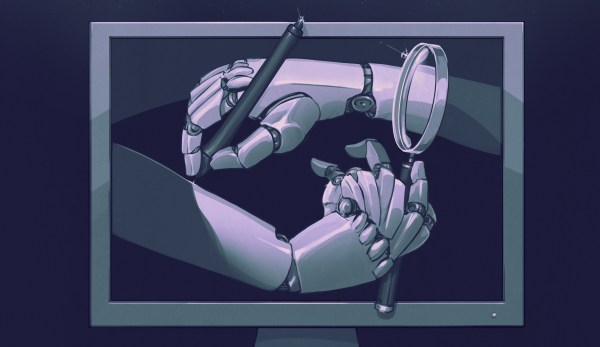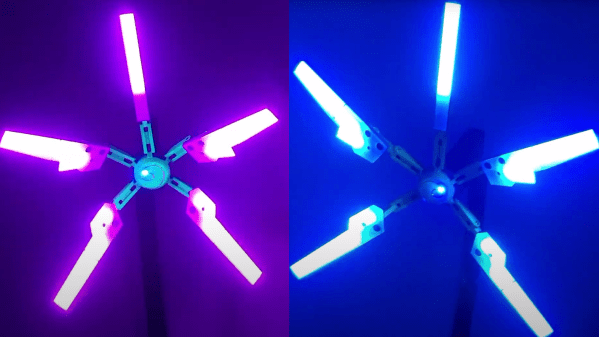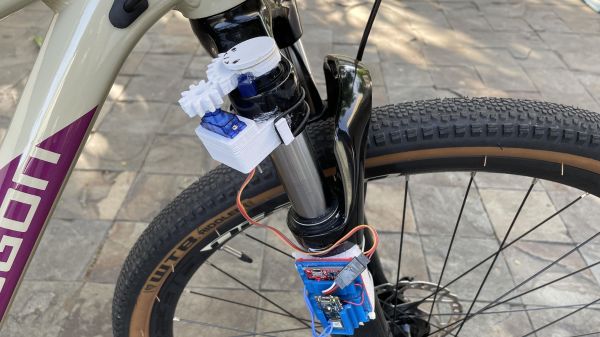Voice recognition is becoming more and more common, but anyone who’s ever used a smart device can attest that they aren’t exactly fool-proof. They can activate seemingly at random, don’t activate when called or, most annoyingly, completely fail to understand the voice commands. Thankfully, researchers from the University of Tokyo are looking to improve the performance of devices like these by attempting to use them without any spoken voice at all.
The project is called SottoVoce and uses an ultrasound imaging probe placed under the user’s jaw to detect internal movements in the speaker’s larynx. The imaging generated from the probe is fed into a series of neural networks, trained with hundreds of speech patterns from the researchers themselves. The neural networks then piece together the likely sounds being made and generate an audio waveform which is played to an unmodified Alexa device. Obviously a few improvements would need to be made to the ultrasonic imaging device to make this usable in real-world situations, but it is interesting from a research perspective nonetheless.
The research paper with all the details is also available (PDF warning). It’s an intriguing approach to improving the performance or quality of voice especially in situations where the voice may be muffled, non-existent, or overlaid with a lot of background noise. Machine learning like this seems to be one of the more powerful tools for improving speech recognition, as we saw with this robot that can walk across town and order food for you using voice commands only.

